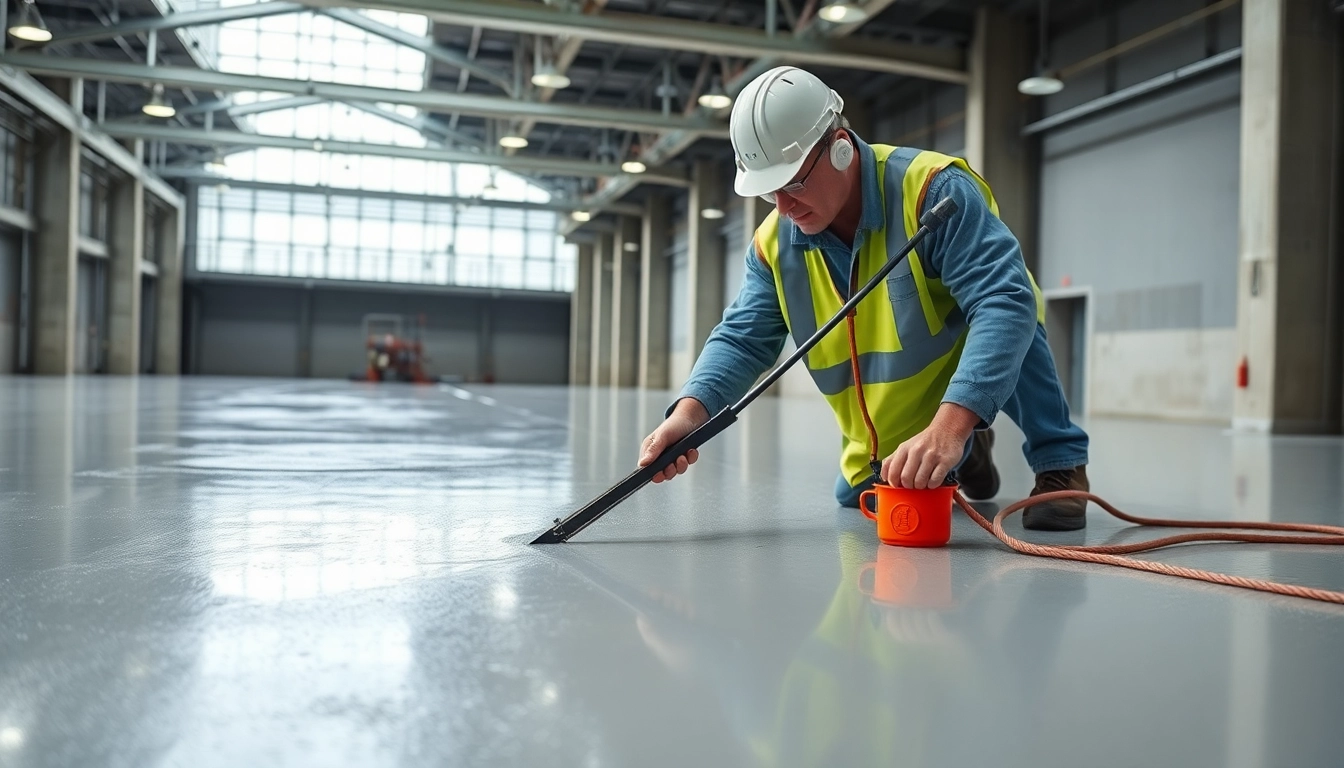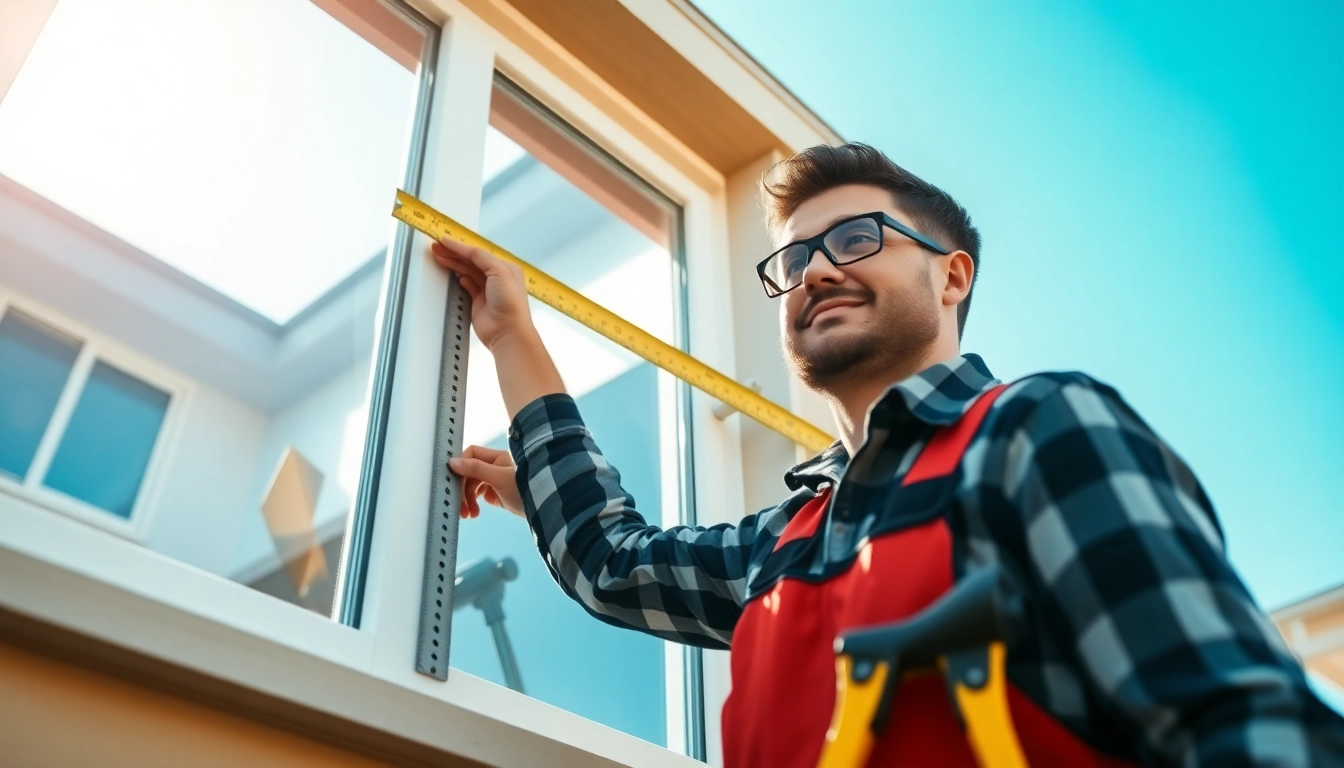Understanding Roof Repairs: How to Identify When They Are Needed
When it comes to maintaining the safety and integrity of your home, the importance of timely roof repairs cannot be overstated. A roof is your primary defense against the elements, and even minor issues can escalate quickly into costly and extensive damage if not addressed promptly. Recognizing the early signs of roof damage and understanding the various types of repairs available are essential steps toward preserving your property’s value and ensuring its longevity. Whether you’re a homeowner, property manager, or business owner, knowing when and how to approach roof repairs will save you money, prevent structural issues, and extend the lifespan of your roof.
For those seeking professional assistance, exploring options for expert roof repairs in your area can help streamline the repair process. A reputable roofing contractor will conduct thorough inspections, recommend appropriate repairs, and execute the work efficiently. In this comprehensive guide, we’ll delve into the common signs of roof damage, types of repairs tailored to different roof types, when to hire a professional, and how to manage costs effectively.
Common Signs of Roof Damage
Detecting roof damage early is crucial to avoiding costly repairs and potential replacement. Some of the most prevalent signs include:
- Visible Leaks and Water Stains: Water intrusion manifests as stains on ceilings or walls, often accompanied by drips during or after rain. Persistent leaks suggest compromised roofing materials or flashing issues.
- Missing or Damaged Shingles: Shingles serve as the first line of defense. Missing, cracked, or curling shingles expose the underlying roof deck to moisture and weather elements.
- Granule Loss: Collecting granules in gutters or downspouts is indicative of shingle deterioration, especially in asphalt roofs.
- Sagging Roof Sections: Sagging indicates structural weakness, often due to prolonged water damage, rot, or extensive wear.
- Alternating Roof Appearance: Uneven or patchy roof areas may signal underlying damage or improper repairs.
- Exposed or Damaged Flashing: Metal flashing around chimneys, vents, or skylights that is rusted, loose, or cracked can lead to leaks.
- Ice Dams or Snow Accumulation in Cold Climates: Ice dams cause water to back up and seep under roofing materials, damaging the underlying structure.
Regular roof inspections, especially after severe weather events, can help catch these issues early. Modern technologies like drone inspections and infrared imaging further aid in detecting hidden damages before they worsen.
Types of Roof Repairs for Different Roof Types
Roof repairs vary depending on the structure and materials involved. Here, we explore repairs suited to common roof types:
Asphalt Shingle Roofs
The most common residential roofing material, asphalt shingles, are durable but susceptible to damage from wind, hail, and aging. Typical repairs include shingle replacement, sealing, and flashing repairs.













